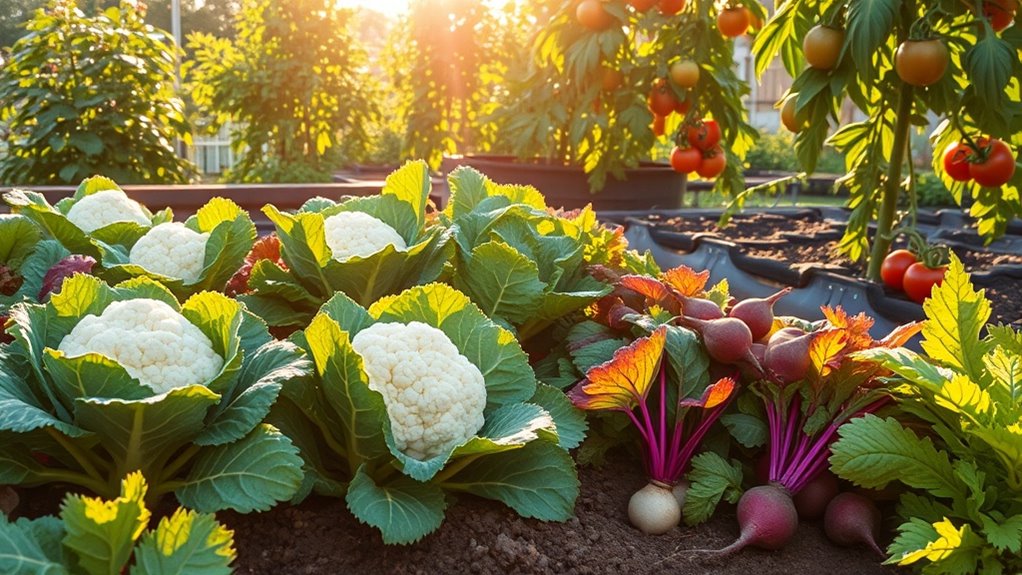The Best Vegetables to Plant in Late Summer for a Fall Harvest
Late summer offers an excellent opportunity to maximize your garden’s potential with a fall harvest. By selecting the right vegetables, you can enjoy fresh produce well into the cooler months. Consider options like kale, carrots, and Brussels sprouts, which thrive in lower temperatures. Each variety offers unique flavors and benefits that can enhance your meals. Understanding how to prepare your garden and care for these plants will be crucial for a successful harvest.
Preparing Your Garden for Late Summer Planting
As summer begins to wane, it’s crucial to prepare your garden for late summer planting to ensure a bountiful fall harvest.
Start by clearing leftover debris that may harbor pests. Test your soil for nutrient levels and amend it as necessary.
Next, consider your irrigation method; consistent moisture is vital for successful vegetable planting.
Finally, choose quick-maturing varieties to maximize your harvest potential. Additionally, design principles from flower bed planning can inspire the layout of your vegetable patch for both aesthetics and functionality.
Top Vegetable Choices for Fall Harvest
Selecting the right vegetables for a fall harvest can significantly enhance your garden’s productivity and your culinary options.
Consider these top choices:
-
Kale – Hardy and frost-resistant, great for nutrient-rich salads.
-
Carrots – Sweeten with cooler temperatures, perfect for soups.
-
Brussels Sprouts – Tasty when harvested after frost.
-
Radishes – Quick-growing, adding zest to your autumn dishes.
These vegetables thrive in cooler weather, ensuring a bountiful season. Additionally, implementing efficient watering techniques will help busy gardeners maintain these crops without excessive time commitment.
Tips for Nurturing Late Summer Vegetables
To ensure your late summer vegetables reach their full potential, focus on providing consistent care and attention as the temperatures begin to dip.
Water deeply, ensuring soil remains moist but not waterlogged. Consistent watering helps establish strong roots and promotes healthy growth.
Monitor for pests, using organic treatments as needed.
Apply a balanced fertilizer every few weeks to support growth, and consider using row covers during chilly nights to protect young plants from frost.

